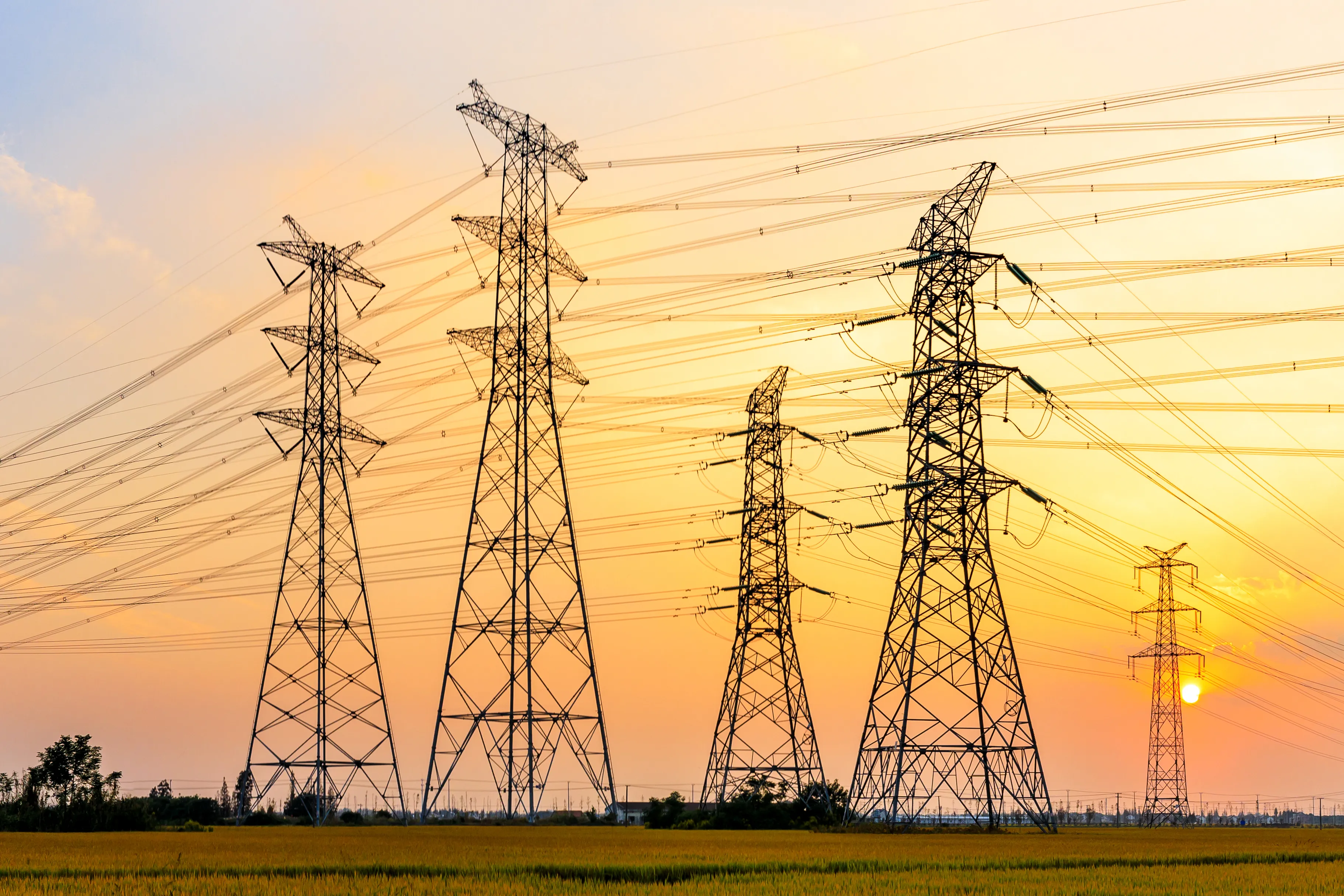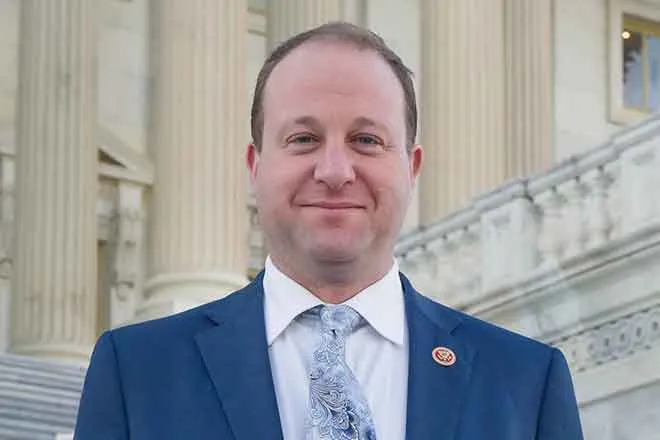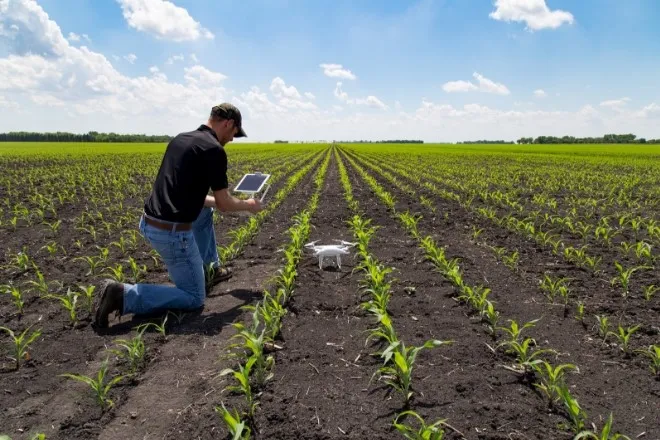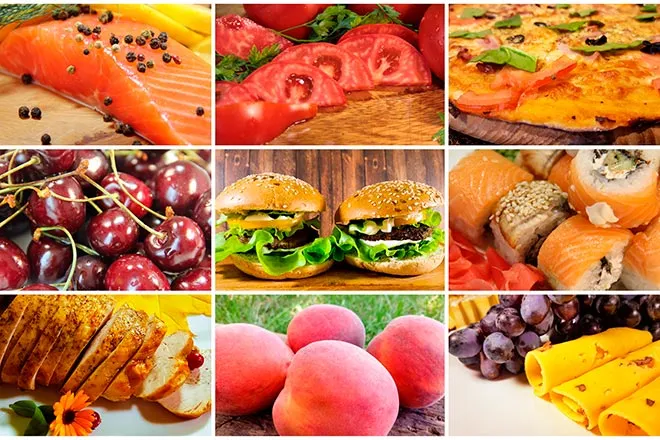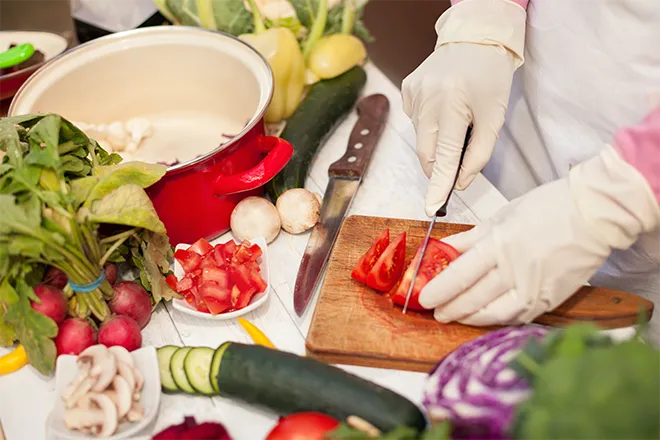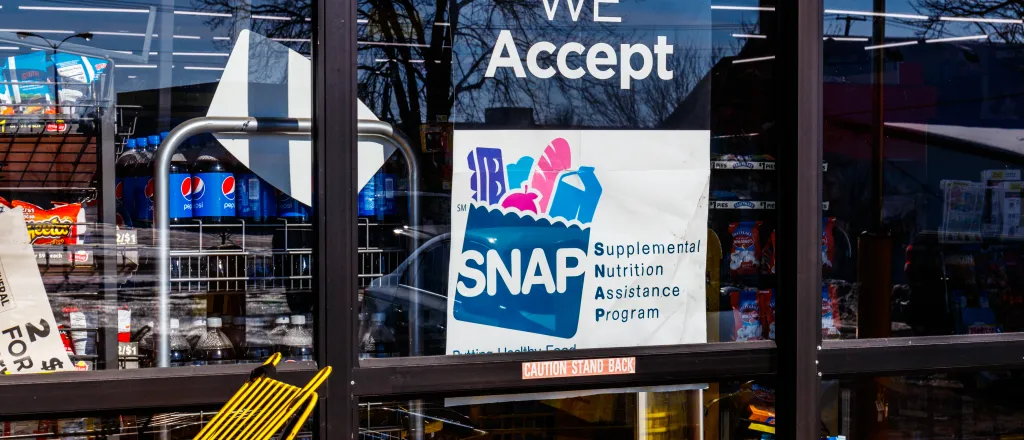
Governor requests $10M to help Colorado food banks as SNAP benefits falter
Colorado Governor Jared Polis is asking the state for up to $10 million to support food banks as upcoming food nutrition funds are held up in the federal government shutdown.
Money for the Supplemental Nutrition Assistance Program typically goes out on the first of the month, but it is almost certain that the government shutdown will prevent the November benefits from going out on time. That means the 600,000 Coloradans who rely on the program will not receive money to purchase food from grocery stores. About $120 million in SNAP benefits are distributed to low-income households each month in Colorado.
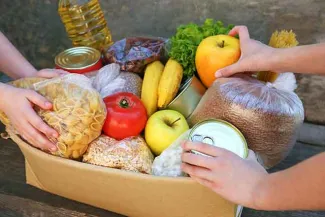
© iStock - Mukhina1
“We have a role to play to fill the gap created by the closure of the federal government,” Polis told reporters during a Wednesday press conference. “Obviously, the $10 million is certainly not enough to fill the gap, but it is amplified (by food banks’ purchasing arrangements). It might be more like $30 or $40 million of retail buying power.”
Polis wants the Legislature’s Joint Budget Committee to approve money for Feeding Colorado, which represents the five Feeding America organizations in the state, to buy food for food banks and pantries that are likely to face increased demand. The request would be for about $3.3 million every two weeks, meaning that up to $10 million could be spent by mid-December. He said he expects the funding to be approved before the end of the month.
Dawn Washington, who attended the press conference, typically receives about $260 per month in SNAP benefits. The 55 year-old Denverite shares those benefits with her adult son and other family members, and she worries about how to get food on the table in November, especially as groceries go up in price due to inflation, she said. She has visited food banks in the past and plans to do so again during the federal shutdown.
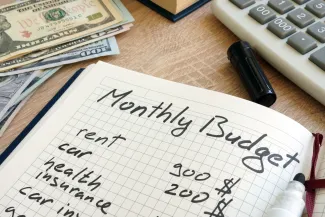
“I’m going to hit up the local food banks to see what they’re offering, and make do with whatever they give me,” she said. “My son just asked, ‘What are we doing for Thanksgiving?’ I said, ‘I don’t know — whatever the food banks are going to give us.’ We might have chicken strips for Thanksgiving dinner, but as long as we’re eating, that’s what we need to be thankful for.”
My son just asked, ‘What are we doing for Thanksgiving?’ I said, 'I don't know — whatever the food banks are going to give us.'
Polis and other state leaders are also calling on Coloradans to donate to Feeding Colorado during the federal shutdown. Erin Pulling, the CEO of Food Bank of the Rockies, said that for every dollar the organization gets, it can distribute three meals worth of food. Every donation to Feeding Colorado will go towards food purchases, she said, and the organization will absorb any increased overhead and administrative costs.
“We have massive purchasing power and the ability to scale up,” she said. “We are bringing in 40 truckloads of food every week, and we are ready, willing and able, but we need the community’s support.”
Pulling called the anticipated lapse in SNAP funding a “crisis within a crisis,” as food banks brace for increased need resulting from upcoming changes to SNAP made through the federal One Big Beautiful Bill Act passed this summer.
Farmers affected
The average Colorado household who is enrolled in SNAP gets $357 per month, and Polis emphasized the downstream effect that has for grocery stores and farmers who rely on those dollars being spent.
“If they don’t have those SNAP benefits there, there could very well be layoffs or reduced hours from some of the grocers that serve a high-percentage SNAP population,” he said.
Costilla County has the highest percentage of estimated SNAP recipients for next month, with about 41 percent of residents getting benefits, according to state data. Southern Colorado counties generally have a higher share of people on SNAP.
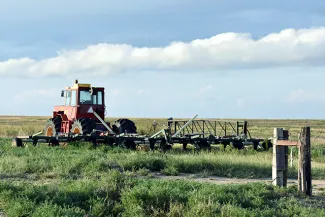
© Chris Sorensen / KiowaCountyPress.net
Denver County has about 14 percent of its residents on SNAP, Arapahoe County has 10.5 percent and El Paso County has about 12 percent.
In Colorado, public school students can get a free breakfast and lunch at school through the Healthy School Meals for All program. That is not affected by the shutdown.
The federal government has been shut down since the start of October, when Congress was unable to pass a short-term funding bill. Senate Democrats refused to vote for that legislation because it did not extend health care tax credits that keep certain insurance premiums from skyrocketing. The shutdown impacts are far-reaching and touch safety-net programs like SNAP, federal worker pay, job security at government agencies and operations at places like national parks.
“We shouldn’t be caught up in politics. Whatever is going on in the politics should not affect the little people,” Washington said. “(People in Congress) are still going to go home and eat whatever they’re eating. They’re not going to go to the food banks. They don’t care that the food banks are even being strained.”
People can donate money online at feedingcolorado.org/donate. They can also donate food directly to a local food bank. People who need help from a food bank can find locations at feedingcolorado.org/find-food.


